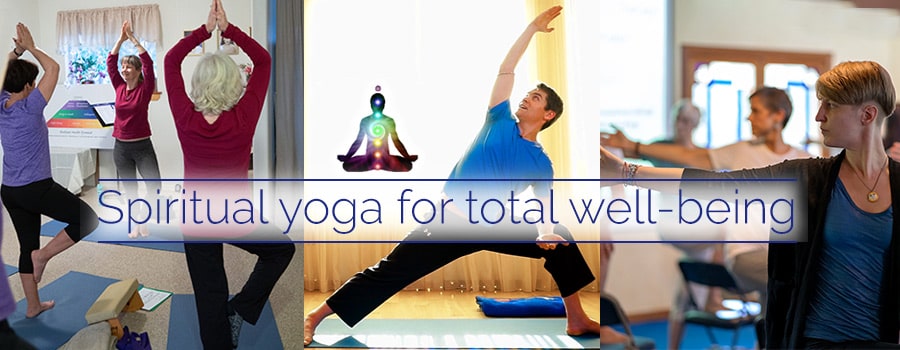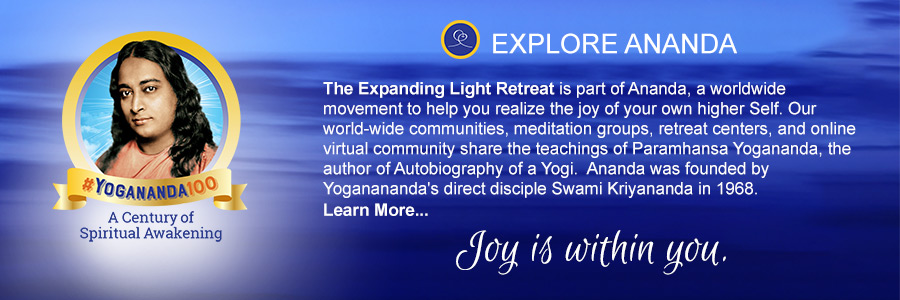Thoughts on Lengthening Ligaments
An interview with Craig Roberts, D.C.
Question: We’ve been told not to stretch ligaments, lest we compromise their vital skeletal support function. Haven’t you said that sometimes it is desirable to stretch them?
Craig: This is tricky. We have to remember that as flexibility increases, stability decreases — the two are in a direct inverse relationship. Over-stretching and creating a joint that moves too much — a hypermobile joint — can compromise that joint and predispose it to injury.
An excellent example of this is the person with a chronically dislocating shoulder: the ligaments and joint capsule of the shoulder are too stretched out, and something as simple as reaching behind the back can cause a dislocation.
On the other hand, a joint that is too tight — or hypomobile — causes its own host of problems. Consider a person whose pelvic joints (most notably, the sacroiliac joints) are extremely tight. Normally these joints provide for a good deal of motion during the act of walking. If the pelvic joints are hypomobile and unable to participate in normal walking motion, then other joints must “take up the slack” — for instance, excessive motion might need to occur in a hip joint.
When the hip joint is forced to accept more of a burden of movement than it was designed for, the result is early degeneration of the hip. Indeed, many times a joint becomes too mobile in compensation for a joint that is not mobile enough. Thus stuck joints and loose joints are inevitable partners: if you get one, you’ll get the other, too.
Question: Okay, so you might want to stretch a ligament that’s too short. How do ligaments become shortened in the first place?
Craig: Generally ligaments become shortened due to one of two reasons: trauma or faulty posture. In the case of trauma, a torn ligament or tendon heals with scar tissue that creates a contracture within (i.e., shortens) the ligament or tendon.
A common example is when someone strains the hamstring tendon where it attaches to the pelvis in the buttock (at the corresponding sitting bone); often such a strain causes the person, in the end, to be less flexible in that hamstring.
As for posture, ligaments held chronically in shortened positions actually shorten. An extreme case of this would be someone who has his arm in a sling for several weeks after a surgery. The shoulder capsule (the ligament tissue surrounding the shoulder joint) shrinks to the point where the arm can’t be raised beyond perhaps 100 degrees.
A more common example would be the person with slumped forward, internally rotated shoulders. In this case, the ligaments in the front of the shoulder actually shorten since they are chronically held in this position.
Question: How would a yoga teacher know whether a student has a joint that is either hypermobile or hypomobile?
Craig: It takes years to master the skill of locating hypermobile/ hypomobile joints. Often a joint can have excessive motion in one direction, but restricted movement in another direction. In chiropractic, we determine this through palpation, observation, range-of-motion testing, and X-ray. Yoga teachers can get an idea of what normal ranges of motion are by studying the basic postures with a good teacher.
One of the excellent things about Ananda Yoga® is that we generally don’t practice the really extreme, super-contorted poses. The basic poses will expose tight areas. During a standing forward bend, for example, a good general target is to get the hands to the ankles. Beyond that point, the pose will differ depending on the individual. If a person can bring the hands flat on the floor, it’s probably unwise — not to mention unnecessary, from a yogic perspective — to work on going further (although it may be helpful for a gymnast, martial artist, etc.).
The next logical question is, “How do I know whether the restriction is due to ligaments or to muscles?” Let’s continue with the example of the person with tight hamstrings — s/he can’t reach the hands beyond the knees in a standing forward bend. If this person has a history of low back pain or hamstring strains, he or she should see an expert before proceeding.
The danger is that if the student spends a great deal of time stretching, yet the pelvic joints are immobile, hamstring muscles and tendons will probably be lengthened, but the pelvic joints won’t be affected: the same poor movement pattern will remain. An expert bodyworker can help the person isolate and stretch out the hypomobile pelvic joints — then the time spent practicing forward bends will pay high dividends.
In an individual with no history of back pain or hamstring strains, the forward bend can be pursued with less guidance; it’s likely that the stretch will affect the muscles, tendons, and ligaments together in a balanced fashion.
Question: How can a yoga teacher know whether or not a student is actually stretching a ligament?
Craig: Connective tissues — including ligament, joint capsule, tendon, and fascia (the connective tissue that covers and ensheathes muscle tissue) — are stretched whenever a joint is taken to end range and the stretch is held for 30 seconds or more. (“End range” is the point at which you feel what I call “stretch discomfort” in the muscle, but not pain. Don’t aim for feeling stretch discomfort in a joint, although there can be situations in which that’s okay.)
To understand this better, consider what happens during a stretch: as you initiate a stretch, your muscles reflexively increase their tone (i.e., contract), which prevents us from damaging muscles as we stretch. This increase in tone lasts about 15 – 20 seconds. After 15 – 20 seconds of a sustained stretch, the muscle relaxes and you are more likely to be able to access the ligament and joint. To avoid injury, it’s wise to be warmed up before performing this type of stretching.
Muscle will stretch, too — remember that each muscle cell, each group of muscle cells, and each entire muscle, is wrapped in fascia, which behaves very much like ligament in that it is “thixotrophic.” Thixotrophy is a property of connective tissue that basically means this: if you yank on connective tissue, it is incredibly strong (stronger than steel, pound for pound!); if you apply a steady force to it, however, it “creeps” (i.e., slowly stretches). Connective tissue creeps the most from 30 seconds to 5 minutes into a stretch.
Question: So at “end range,” you’re pulling not only on muscles?
Craig: Right. You will pull on the muscle, tendon, and one or more ligaments, because a fully stretched muscle is more like a piece of wire than a rubber band. At end range, you’ve “used up” the muscle’s elasticity (at least until it can relax more), so the stretch not only pulls on the muscle and its tendon, but opens the affected joint by stretching the ligaments around the joint. You’re always stretching all three at end range — it’s just that actual lengthening of the ligament or tendon doesn’t happen until after 30 seconds.
Question: How can a yoga teacher know when a ligament has been lengthened enough, and shouldn’t be lengthened more?
Craig: Actually, I don’t think yoga teachers should try to lengthen ligaments in the first place; that requires specialized training. Make it simple: don’t push a student — either overtly or by example — beyond performing the poses in the correct manner.
This can challenge a limber teacher, since the tendency is to think that everyone should be able to do what you can do. Remember that every body is different. The person built like a pit bull will usually be less flexible than one built like a giraffe — the bear less flexible than the dragon. It’s important to observe and get a feel for these differences. Anyone who experiences pain in a joint should seek expert advice.
Remember: you are generally safe in advocating that a person move into a pain-free stretch, just short of end range, and hold it less than 30 seconds. This type of stretch will relax muscles without lengthening and changing other tissue. I think it’s safe to hold stretches longer (say, a minute) if the person does not have a problem in that area and the stretch is not held at end range. (If the person is indeed trying to change structure — and really knows what s/he is doing in that regard! — it can be okay to hold it even longer at end range.)
Also, remember that strengthening poses are equally important. Strength is what gives a joint “dynamic stability,” whereas ligaments give a joint “passive stability.” Dancers, martial artists, and others whose profession demands greater-than-normal flexibility keep their joints healthy and stable with strength, which guides and coordinates movement.
Question: Any final thoughts on this topic?
Craig: It’s important not to get too hung up on details. Help students work toward good flexibility and good strength, but keep them focused on the deeper aspects of the poses.
In a class situation, stretches should be performed in such a manner as to relax and gently stretch muscles. This can mean either holding a moderately intense stretch for less than about 30 seconds, or holding a less intense stretch for longer. Holding stretches at end range should only be done under the guidance of someone who possesses specific knowledge indicating that ligaments require lengthening, and who knows how to do that safely.
Remember that great benefit comes simply by learning to release patterns of muscular tension. As the body relaxes, a subtler, deeper relaxation occurs. In this receptive state, your students will be better able to experience their true nature — that is the essence of yoga.
Related Articles:
- Yoga for Multiple Sclerosis: A Research Study
- Italian Study: Ananda Yoga Proven to Help Multiple Sclerosis Patients
- What Is Therapeutic Yoga?
- Assessing and Correcting Posture
- Healthy Hips in Hatha Yoga
- Yoga after a Hip Replacement
- Therapeutic Yoga for the Lower Back
- Yoga Asanas and Stretches for The Lower Back
- Can Being Too Flexible Be Harmful?
All authors are graduates of Ananda Yoga Teacher Training.




















